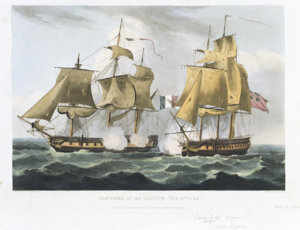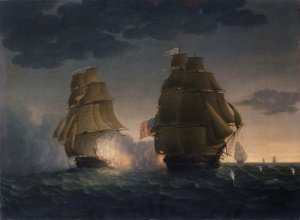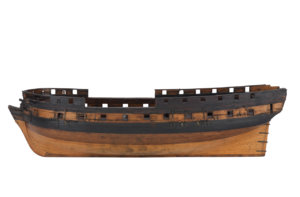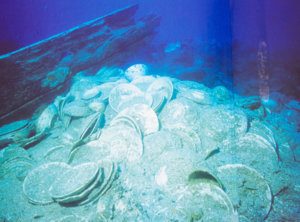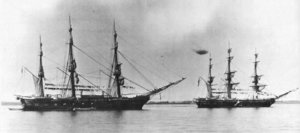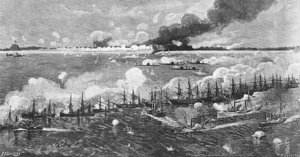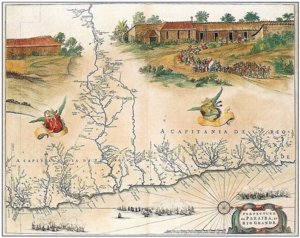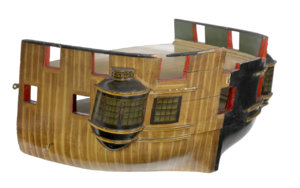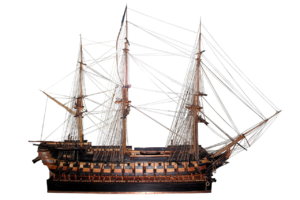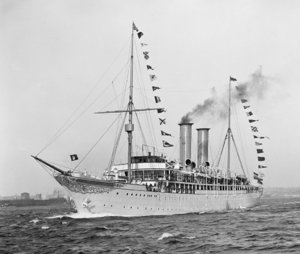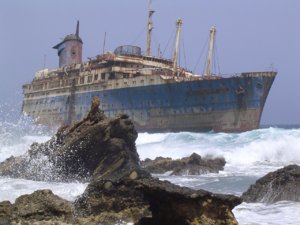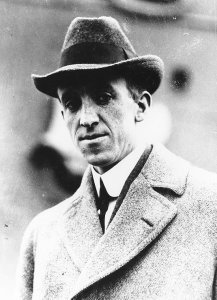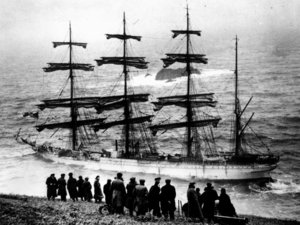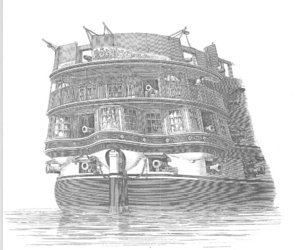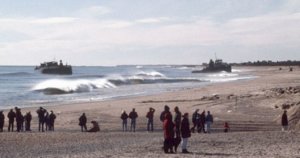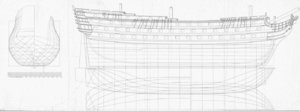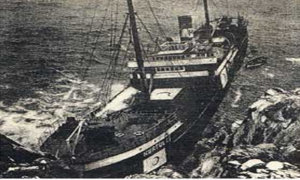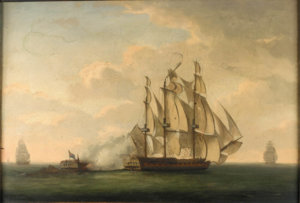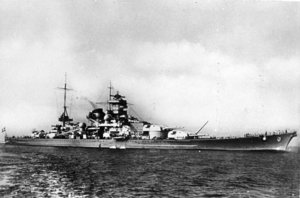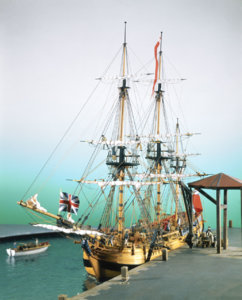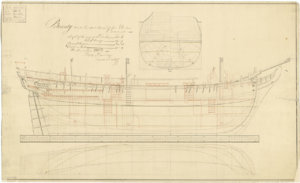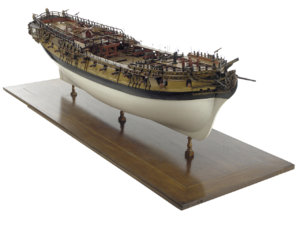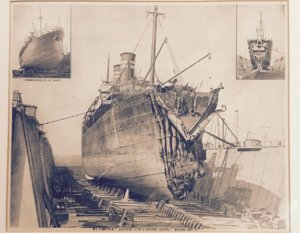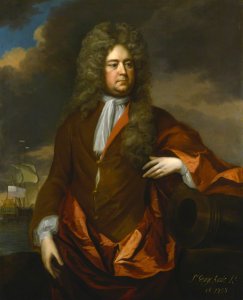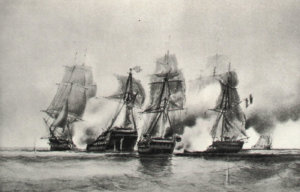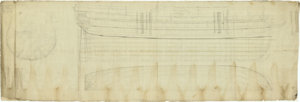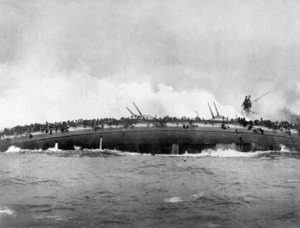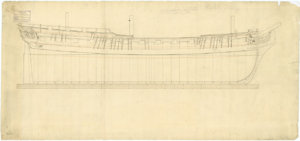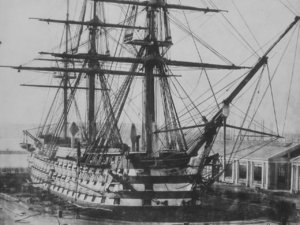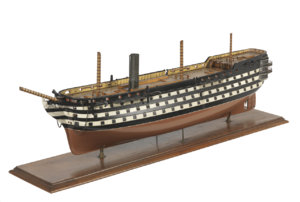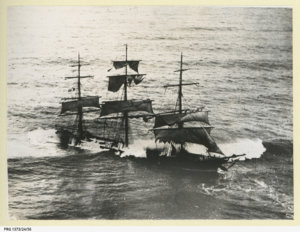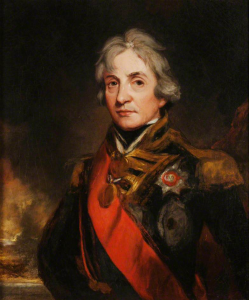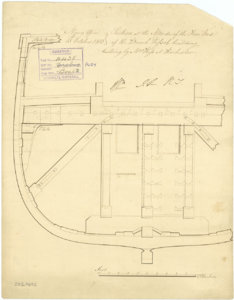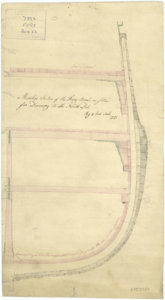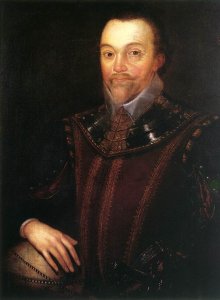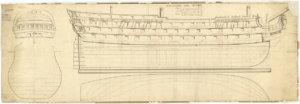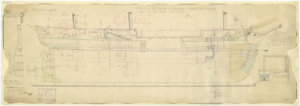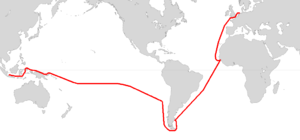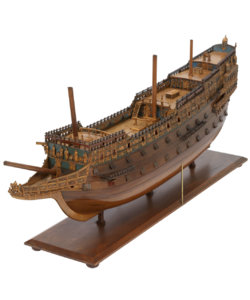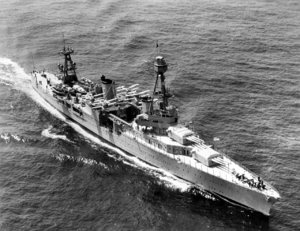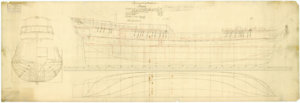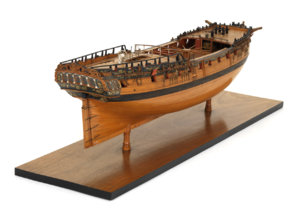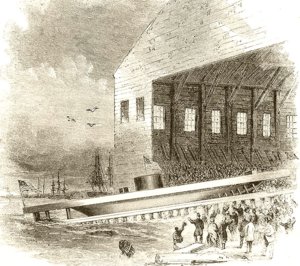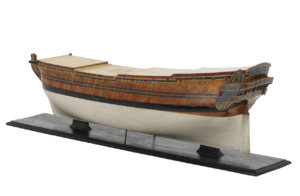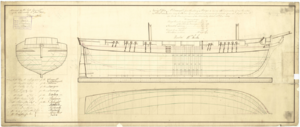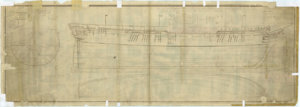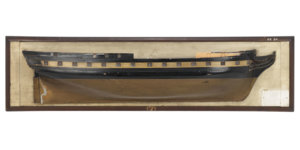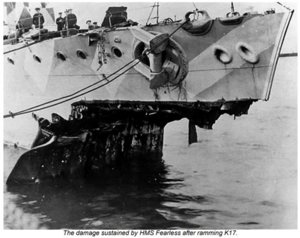Today in Naval History - Naval / Maritime Events in History
27th of January
please use the following link and you will find the details and all events of this day .....
Today in Naval History - Naval / Maritime Events in History 26 January 1793 - Horatio Nelson appointed to command HMS Agamemnon (1781 - 64) HMS Agamemnon was a 64-gun third-rate ship of the line of the British Royal Navy. She saw service in the Anglo-French War, French Revolutionary and...
shipsofscale.com
As usual in the following you can find some of the events in a Pre-view -> for more details of these events and also other events please use the link
1663 – Birth of George Byng, 1st Viscount Torrington, Royal Navy admiral (d. 1733)
Admiral of the Fleet George Byng, 1st Viscount Torrington,
KB,
PC (27 January 1663 – 17 January 1733) of
Southill Park in Bedfordshire, was a
Royal Navy officer and statesman. While still a lieutenant, he delivered a letter from various captains to
Prince William of Orange, who had just landed at
Torbay, assuring the Prince of the captains' support; the Prince gave Byng a response which ultimately led to the Royal Navy switching allegiance to the Prince and the
Glorious Revolution of November 1688.
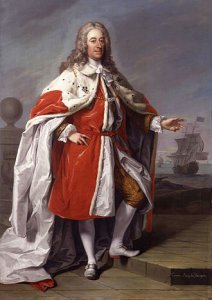
The
Battle of Cape Passaro at which Byng commanded the British fleet
1695 - french Content (1686 - 66) and Trident (1688 - 52) captured by an English Squadron of six ships
On the 27th of January, a squadron of six frigates, commanded by Commodore James Killegrew, in the 60-gun ship Plymouth, being between Cape Bona, on the Barbary coast, and Pantellaria, discovered two large French ships, Which proved to be the Content, of sixty guns, Captain the Marquis du Chalard, and the Trident, fifty-two guns. Captain Count d'Aulnoy. The French, mistaking the frigates for merchant-ships, made sail towards them: but discovering their error, hauled to the wind and endeavoured to escape. Commodore Killegrew chased, and the Plymouth outsailing the other ships of the squadron, at 4h. p.m. got within gun-shot of the French ships, upon which she gallantly opened fire. For more than an hour this ship, unsupported, maintained a conflict with two powerful ships the wind being so light as to preclude the other ships from closing â€" during which time the brave commodore was killed by a cannonball The Falmouth, Captain Caleb Grantham, next got into action, but she also was alone for an hour. As soon as the four remaining frigates â€" Carlisle (Captain John Norris), Newcastle, Southampton (Captain Richard Kirby), and Adventure had arrived up, the French ships separated, but were pursued â€" the Content, by the Carlisle and Newcastle; and the Trident, by the Falmouth and Adventure. The French fought their ships well, and maintained a running fight throughout the night; but in the forenoon of the following day both surrendered, having lost many men, and being much disabled. The Trident, being leaky, was sent into Gorcjonti, and the Content was carried to Messina. The Plymouth suffered the most severely, having, in addition to the commodore, fourteen men killed and thirty wounded; besides being greatly damaged, and with the loss of her fore-topmast. The other five ships lost together about double that number. Commodore Killegrew was buried at Messina with military honours.
Content (1686 - 66), captured in 1695 by HMS Plymouth and taken into service as HMS Content and hulked in 1703.
Trident (1688 - 52), captured by HMS Plymouth in 1695 and taken in service as HMS Trydent. Later renamed Trident Prize, she was sunk as a breakwater in 1702 at Harwich.
1770 - HMS Jamaica, a 10-gun (14-gun from 1749) two-masted Hind-class sloop of the Royal Navy, wrecked
HMS Jamaica was a 10-gun (14-gun from 1749) two-masted
Hind-class sloop of the
Royal Navy, designed by Joseph Allin and built by him at
Deptford Dockyard on the
Thames River,
England and launched on 17 July 1744. She and her sister
Trial were the only sloops to be built in the Royal Dockyards between 1733 and 1748.
After more than 25 years service, she was wrecked off
Cuba on 27 January 1770.
1779 - Launch of french Terrible, a 110-gun ship of the line of the French Navy, lead ship of her class
In 1793, she took part in a Franco-Spanish fleet assembled before Cádiz under Admiral
d'Estaing, but the end of the
American War of Independence occurred before it saw action.
She took part in the
Bataille du 13 prairial an 2, where she was dismasted by
HMS Royal Sovereign. She later took part in the campaign of Winter 1794-1795, and in the
Cruise of Bruix.
She was decommissioned in 1802, condemned in May 1804, and eventually broken up in October.
1785 – Launch of HMS Gorgon, a 44-gun fifth-rate two-decker ship of the Adventure class of 911 tons, launched at Blackwall Yard in 1785 and completed as a troopship.
HMS Gorgon was a 44-gun
fifth-rate two-decker ship of the
Adventure class of 911 tons, launched at
Blackwall Yard in 1785 and completed as a
troopship. She was subsequently converted to a storeship. She also served as a guardship and a hospital ship at various times before being broken up in 1817.
Troopship
Gorgon was fitted as a troopship at Portsmouth at a cost of £5,210, the work being completed on 15 December 1787. Lieutenant Charles Craven commissioned her in October 1787. She then was paid off one year later. One year after that, she was fitted for foreign service at an additional cost of £5,200 and recommissioned under Lieutenant William Harvey in October 1789.
Scale: 1:48. Plan showing the longitudinal half-breadth of the Gorgon (1785), a 44-gun Fifth Rate, two-decker, as fitted as a troopship, and with alterations for fitting the Charon (1783), a 44-gun Fifth Rate, two-decker, possibly as an Hospital Ship, at Plymouth Dockyard. According to the Progress Book, volume 5, folio 208, HMS Gorgon was fitted at Portsmouth Dockyard in 1790 for Foreign Service, suggesting that this plan was copied from the set for Gorgon, and altered for Charon.
1801 - HMS Concorde (36), Cptn. Barton, engaged Bravoure about 75 miles west of Cape Finisterre.
Concorde had a narrow escape from a French squadron under Rear-Admiral
Honoré Joseph Antoine Ganteaume, which had sailed from
Brest on 23 January 1801. The French sighted
Concorde off
Cape Finisterre on 27 January, and the 40-gun
Bravoure was sent to chase her down.
Concorde cast off a Swedish ship she was towing and drew the French frigate away from the main body of the fleet. Barton then turned and engaged her for forty minutes, silencing her guns. By now the main French fleet was fast approaching, and with his sails and rigging damaged, Barton did not attempt to take possession of
Bravoure and instead made for a British port to report the encounter.
Concorde had four men killed and 19 wounded in the engagement, while
Bravoure had 10 killed and 24 wounded.
Concorde (originally
Le Concorde) was a 32-gun
frigate of the
French Navy, lead ship of
her class. Built in Rochefort in 1777, she entered service with the French early in the
American War of Independence, and was soon in action, capturing
HMS Minerva in the
West Indies. She survived almost until the end of the war, but was captured by
HMS Magnificent in 1783. Not immediately brought into service due to the draw-down in the navy after the end of the war, she underwent repairs and returned to active service under the
White Ensign with the outbreak of war with France in 1793 as the
fifth-rate HMS Concorde.
Planset Review of the ancre monographie you can find here:
PLanset Review: HERMIONE 12-Pdr frigate of the American War of Independence 1779-1793 in scale 1:48 by Jean Claude Lemineur with assistance by Patrick Villiers Translated by François Fougerat This monographie is available from ancre in different languages, which can be choosen -...
shipsofscale.com

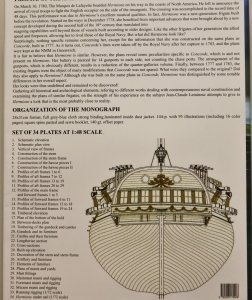 1816 – Death of Samuel Hood, 1st Viscount Hood, English admiral and politician (b. 1724)
Admiral Samuel Hood, 1st Viscount Hood
1816 – Death of Samuel Hood, 1st Viscount Hood, English admiral and politician (b. 1724)
Admiral Samuel Hood, 1st Viscount Hood (12 December 1724 – 27 January 1816) was a
Royal Navy officer. As a junior officer he saw action during the
War of the Austrian Succession. While in temporary command of
Antelope, he drove a French ship ashore in
Audierne Bay, and captured two
privateers in 1757 during the
Seven Years' War. He held senior command as
Commander-in-Chief, North American Station and then as
Commander-in-Chief, Leeward Islands Station, leading the British fleet to victory at
Battle of the Mona Passage in April 1782 during the
American Revolutionary War. He went on to be
Commander-in-Chief, Portsmouth, then
First Naval Lord and, after briefly returning to the Portsmouth command, became
Commander-in-Chief, Mediterranean Fleet during the
French Revolutionary Wars.
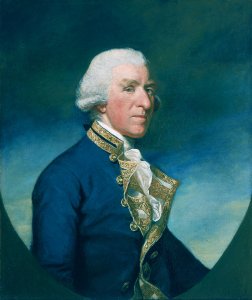 1961 – The Soviet submarine S-80 sinks when its snorkel malfunctions, flooding the boat.
S-80
1961 – The Soviet submarine S-80 sinks when its snorkel malfunctions, flooding the boat.
S-80 was a
diesel-electric submarine of the
Soviet Navy.
Its
keel was
laid down on 13 March 1950 at
Krasnoye Sormovo as a Project 613 unit (
NATO :
Whiskey class). It was
launched on 21 October, and delivered to
Baku on the
Caspian Sea on 1 November for tests, then transferred north via inland waterways in December. It was
commissioned into the
Northern Fleeton 2 December 1952, and operated there until mid-1957.





